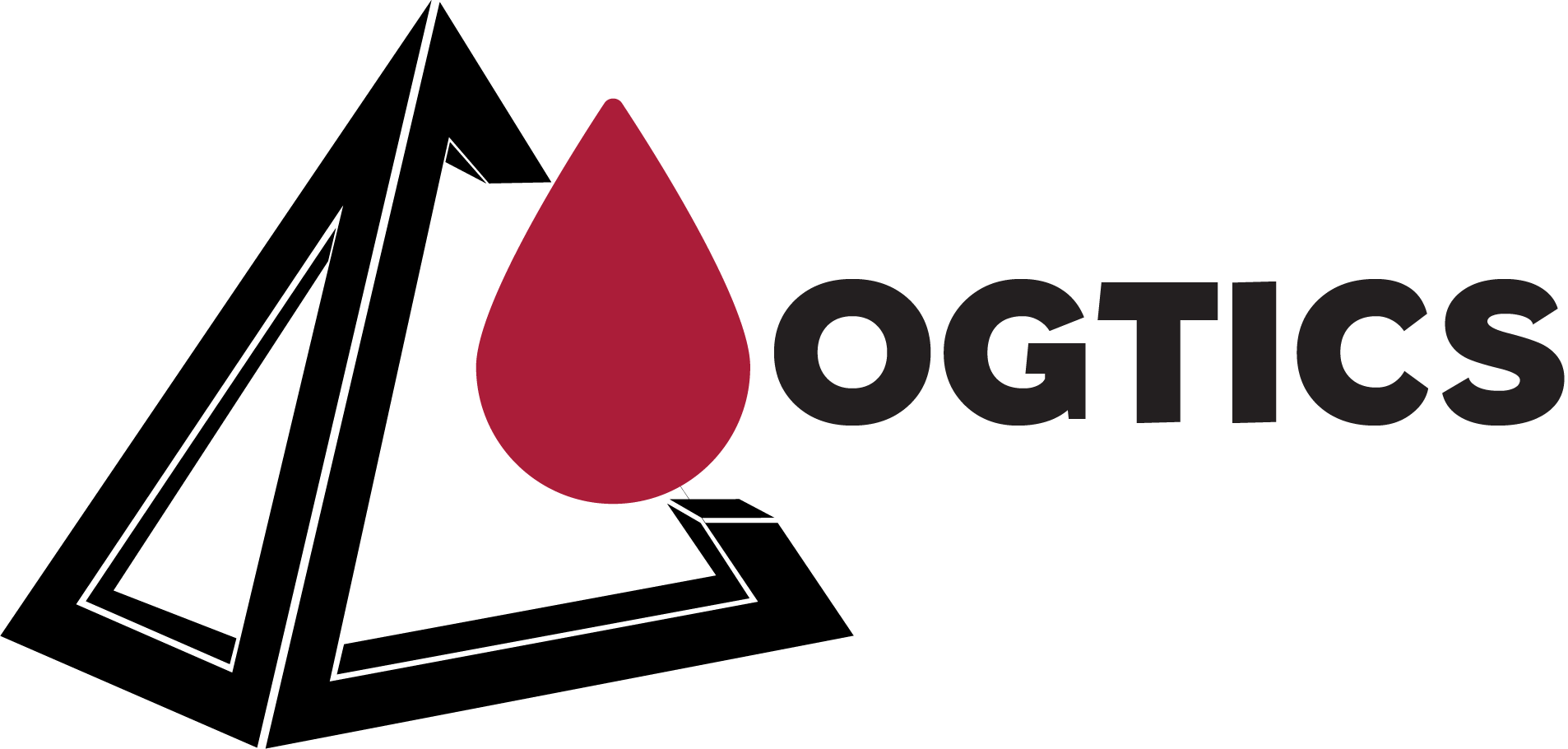
Drilling problems such as stick slip vibration/hole cleaning, pipe failures, loss of circulation, BHA whirl, stuck pipe incidents, excessive torque and drag, low ROP, bit wear, formation damage and borehole instability, and the drilling of highly tortuous wells have only been tackled using physics-based models. Despite the mammoth generation of real-time metadata, there is a tremendous gap between statistical based models and empirical, mathematical, and physical-based models. Data mining techniques have made prominent contributions across a broad spectrum of industries. Its value is widely appreciated in a variety of applications, but its potential has not been fully tapped in the oil and gas industry.
Any deviation from the planned well path means downtime and higher costs. This is particularly true for directional drilling when drilling a curved path to an inaccessible reservoir.
Directional drilling uses mud motors or rotary steering systems. A direction instruction, called a downlink, is passed down the well to the drill bit. The drill bit responds with feedback. Both are relayed via mud pulses or electric signals. These signals are in the form of time-series data.
An electronic signal detector may miss or mistake a downlink or feedback event. This can be very expensive.
You can add real-time detectors to this workflow. They use deep learning to detect these events with high certainty. Early detection can prevent costly mistakes before it’s too late.
One such method uses a segmentation neural network to detect these events. Normally, segmentation is a computer vision task run on images such as photos. But the line chart for a time series is an image too. Two U-Net deep networks examine the signal line chart to detect downlink events. They examine patterns embedded in the pixels of the signal line and learn to isolate periods corresponding to downlink events.
Another expensive problem in drilling is lost circulation. This is when drilled mud spreads out at the bottom instead of floating up. Machine learning is being used to detect and predict lost circulation. Sensor data such as pressures and temperatures from past incidents are input to the machine learning model. It learns to predict possible lost circulation events from real-time measurements.
The drilling analytics solution is a comprehensive compilation of data mining algorithms and industry applications from a predictive analytics standpoint using supervised and unsupervised advanced analytics algorithms to identify hidden patterns and help mitigate drilling challenges.
